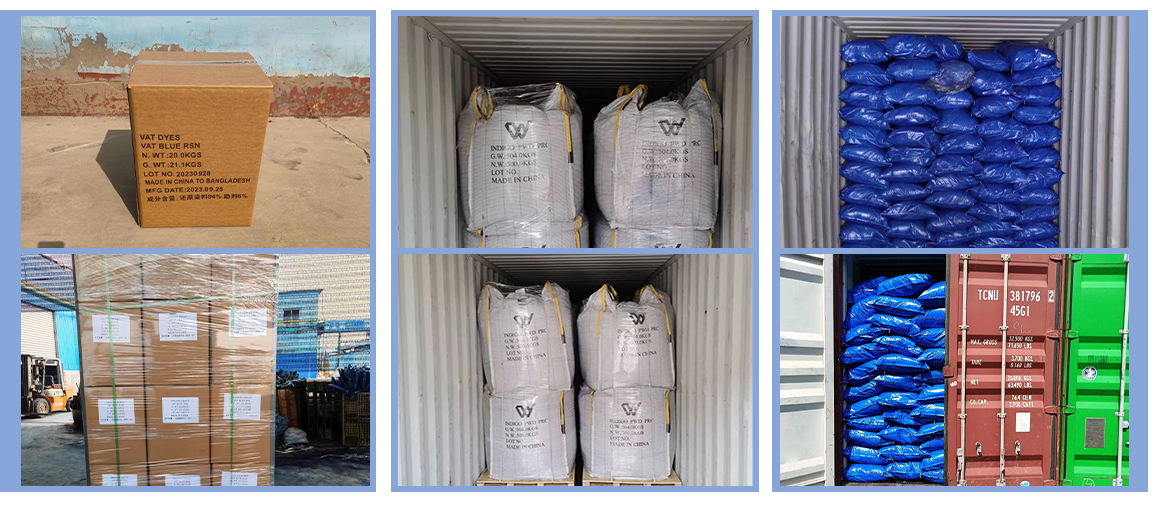Creating Indigo Dye at Home from Natural Sources for Sustainable Crafting
The Art and Science of Making Indigo Dye
Indigo dye, a rich and deep blue color, has captivated artisans and fashion enthusiasts for centuries. This ancient dye is known for its unique depth of color and its significant historical and cultural value. The process of making indigo dye is not only a craft but a science that blends creativity with traditional techniques passed down through generations.
The History of Indigo Dye
Indigo dye has a long and illustrious history dating back thousands of years. Its origins can be traced to the Indus Valley civilization, where it was first used to dye cotton fabrics. The dye was highly sought after, leading to its trade across Europe and Asia. In ancient Egypt, indigo was used for mummification, while in Africa, it held spiritual significance and was employed in traditional ceremonies. By the 19th century, indigo became a staple in the textile industry, particularly after the invention of synthetic dyes, though the demand for natural indigo has seen a resurgence in recent years.
The Source of Indigo
Indigo is derived from the leaves of the indigo plant, primarily from species such as Indigofera tinctoria. The plant is cultivated in tropical and subtropical regions where it flourishes in warm climates. The process of extracting the dye involves harvesting the leaves, which are then fermented, allowing them to oxidize and produce the blue pigment. This age-old method reflects a harmonious relationship with nature, where the cycle of growth, harvest, and transformation plays a central role.
The Process of Making Indigo Dye
Making indigo dye is a multi-step process that requires patience and precision. The following steps outline the traditional method used to produce this exquisite dye
1. Harvesting the Leaves The process begins with the careful harvesting of indigo leaves. It’s crucial to select healthy, young leaves, as they contain the highest concentration of indican, the precursor to indigo dye.
2. Fermentation After harvesting, the leaves are soaked in water and allowed to ferment for several hours. This step is essential as it breaks down the indican into indoxyl, which will later be converted into indigo.
making indigo dye

3. Oxidation Once the leaves are fermented and the indoxyl is produced, the liquid is stirred and aerated. This contact with air initiates the oxidation process, transforming indoxyl into insoluble indigo pigment. At this stage, you can notice a change in color as the dye begins to develop its iconic blue hue.
4. Precipitation The oxidized indigo settles at the bottom of the container. The clear liquid is carefully poured off, leaving behind the indigo paste, which is then collected and dried in the sun to solidify.
5. Grinding and Storage Once dried, the indigo can be ground into a fine powder, making it easier to use in dyeing fabrics. It is then stored in airtight containers to preserve its quality.
Dyeing Fabrics with Indigo
Dyeing with indigo requires a technique called dye vat preparation, where the indigo powder is mixed with a reducing agent, commonly sodium hydroxide, and water. The fabric is immersed in this solution, absorbing the dye. The unique aspect of indigo dyeing is its ability to produce different shades of blue, which depend on the number of dyeing cycles. The more times the fabric is dipped in the vat, the deeper the shade of blue becomes.
Cultural Significance
Indigo dye is not just valued for its aesthetic appeal; it also carries cultural significance. In many communities, indigo dyeing remains a traditional craft, passed down through generations. It symbolizes identity, heritage, and connection to the land. From vibrant textiles to intricate patterns, indigo dye continues to inspire contemporary artists and designers.
Conclusion
The process of making indigo dye is a beautiful intersection of art and science, deeply rooted in history and culture. As the world moves towards sustainability, the appreciation for natural dyes like indigo is growing. By understanding and reviving these traditional techniques, we honor the past while paving the way for future generations of artisans. Whether used in fashion, art, or craft, indigo dye remains a timeless treasure with stories woven into every thread.
-
The Timeless Art of Denim Indigo Dye
NewsJul.01,2025
-
The Rise of Sulfur Dyed Denim
NewsJul.01,2025
-
The Rich Revival of the Best Indigo Dye
NewsJul.01,2025
-
The Enduring Strength of Sulphur Black
NewsJul.01,2025
-
The Ancient Art of Chinese Indigo Dye
NewsJul.01,2025
-
Industry Power of Indigo
NewsJul.01,2025
-
Black Sulfur is Leading the Next Wave
NewsJul.01,2025

Sulphur Black
1.Name: sulphur black; Sulfur Black; Sulphur Black 1;
2.Structure formula:
3.Molecule formula: C6H4N2O5
4.CAS No.: 1326-82-5
5.HS code: 32041911
6.Product specification:Appearance:black phosphorus flakes; black liquid

Bromo Indigo; Vat Bromo-Indigo; C.I.Vat Blue 5
1.Name: Bromo indigo; Vat bromo-indigo; C.I.Vat blue 5;
2.Structure formula:
3.Molecule formula: C16H6Br4N2O2
4.CAS No.: 2475-31-2
5.HS code: 3204151000 6.Major usage and instruction: Be mainly used to dye cotton fabrics.

Indigo Blue Vat Blue
1.Name: indigo blue,vat blue 1,
2.Structure formula:
3.Molecule formula: C16H10N2O2
4.. CAS No.: 482-89-3
5.Molecule weight: 262.62
6.HS code: 3204151000
7.Major usage and instruction: Be mainly used to dye cotton fabrics.

